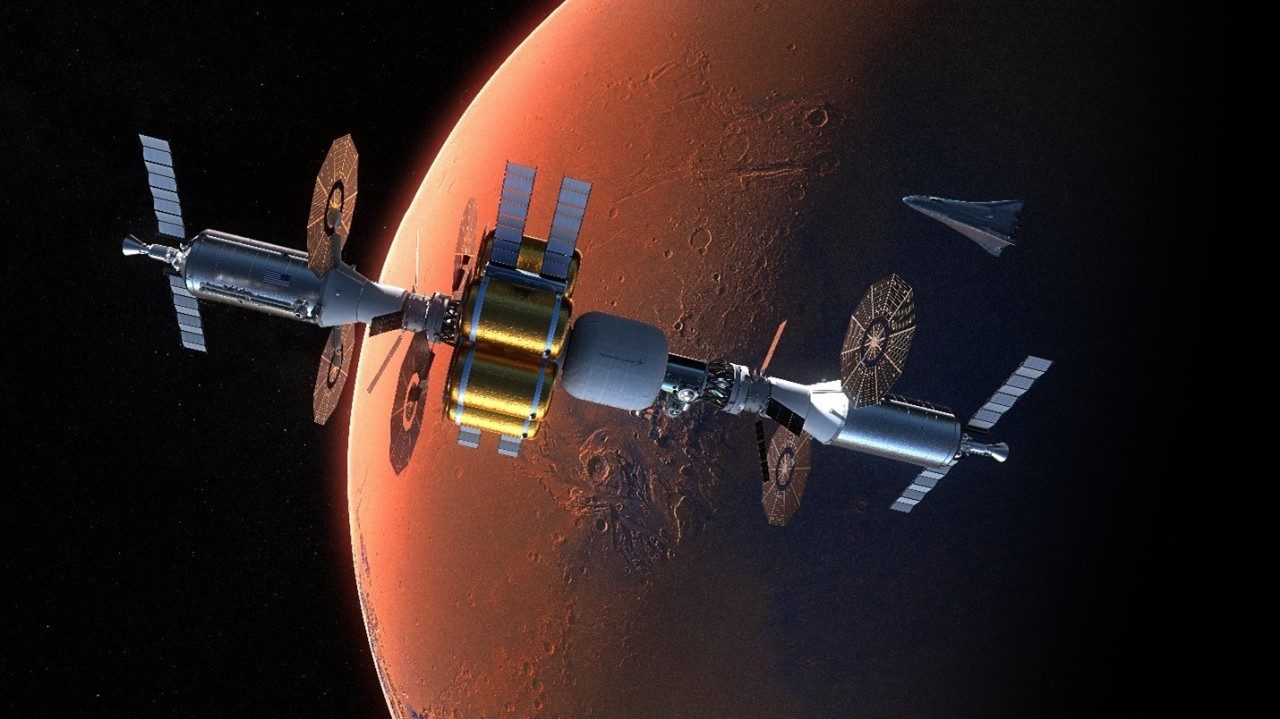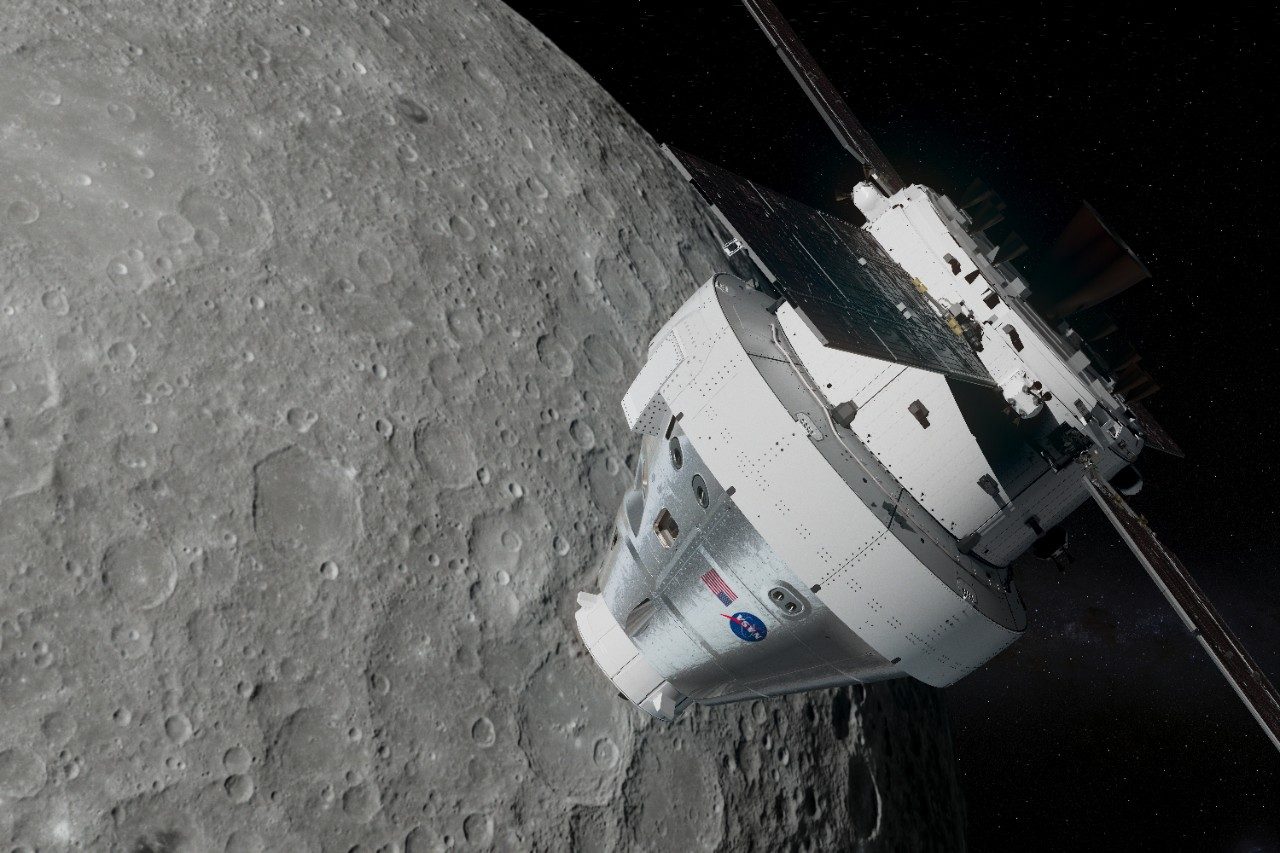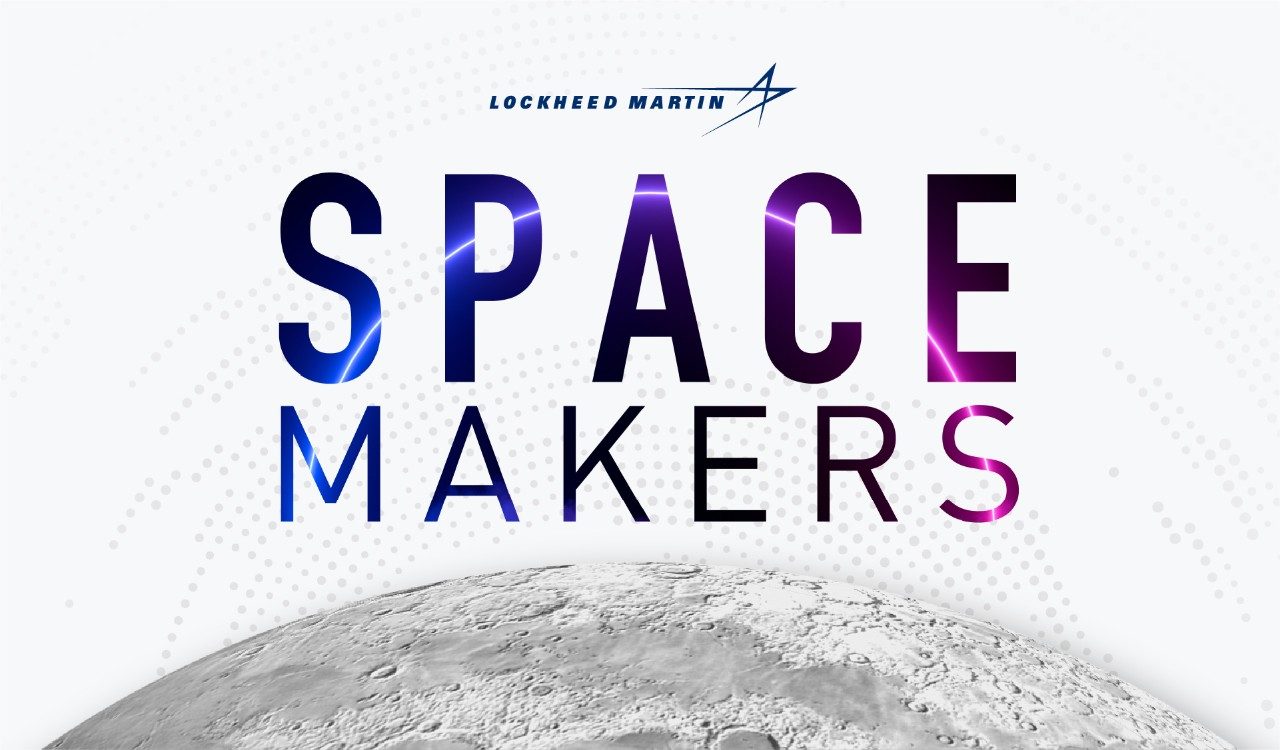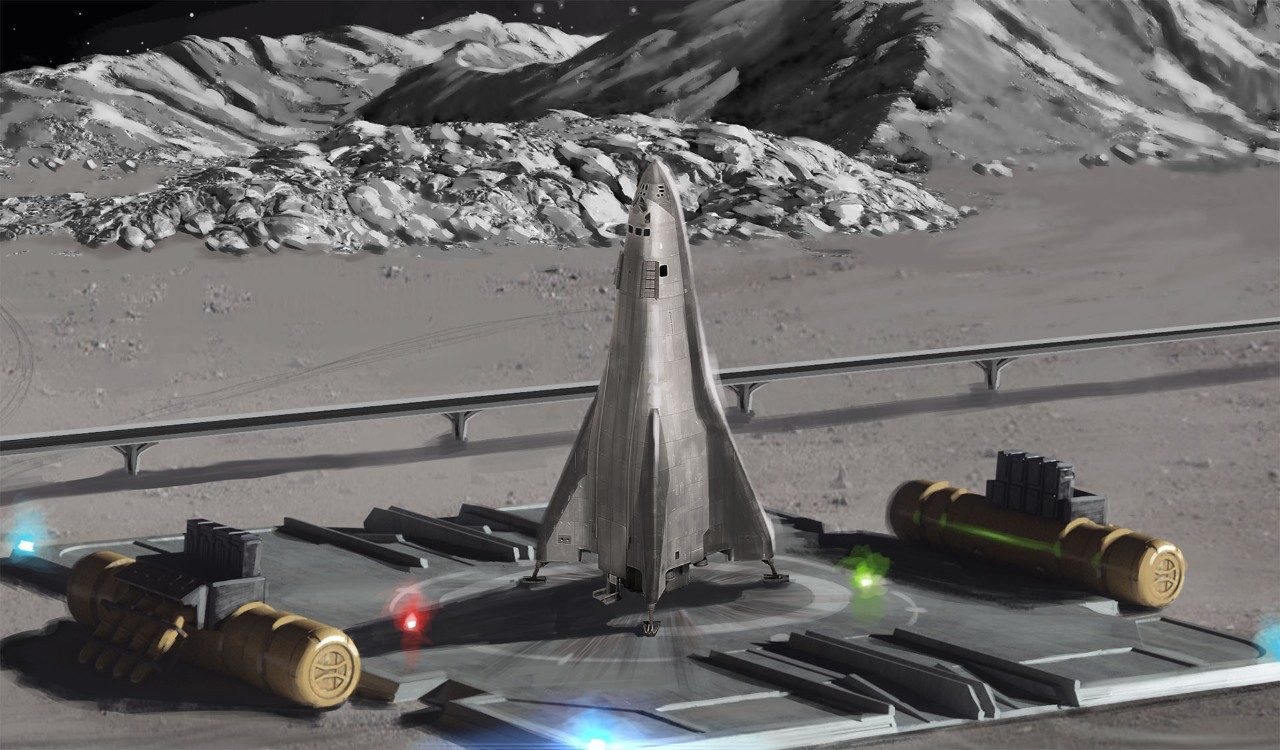3, 2, 1 Launch: Orion Blazes a New Trail to Space
“We’re going. It’s happening.”
As Lockheed Martin Chief Technologist for Commercial Civil Space Advanced Programs, Lisa May is responsible for ensuring advanced capabilities - such as space nuclear power and propulsion and in-space servicing, assembly, and manufacturing (ISAM) - become a reality to expand science and deep-space exploration possibilities. She is looking forward not only to when humans return to the Moon – but also to a not-so-distant future that will see humankind journey to Mars and other deep-space destinations.
NASA’s Orion spacecraft — built by Lockheed Martin— is a cornerstone of the agency’s Artemis I mission that will soon send an uncrewed Orion on a flight out to the Moon and back.
With the Artemis I mission, NASA will fly Orion farther than any human-rated spacecraft has ever flown, 40,000 miles beyond the far side of the Moon. The mission, planned to last six weeks, will provide valuable real-time data about spacecraft operations far from Earth as well as more data to analyze after Orion returns to Earth – information that will help facilitate and improve future deep-space missions.

“Many of our human exploration systems are in some way Orion-derived, to provide not just a suite of technologies that we have developed, but also to help the crews be more productive,” Lisa says. “Those systems will help astronauts be productive everywhere that we can imagine humans exploring.”
As chief technologist, Lisa has led technology strategy development in support of all market segments, from robotic and human deep space exploration, to weather and Earth science capabilities, to lunar communications networks. She has also served as principal advisor on commercial civil space technology investments and partnerships.
Lisa’s role includes envisioning how Orion and its suite of technologies will advance space exploration and the commercial space economy as the spacecraft transports astronauts from and to Earth.
Orion Blazes a New Trail
With one Orion already flown (EFT-1), one about to fly to the Moon and four more in development of various stages, Lisa is excited about the future of human deep space exploration to the Moon and beyond.
“We are the only company with a human-rated deep space spacecraft,” Lisa notes.
Humans won’t fly on Orion until the Artemis II mission in just a few years, but Lisa says that “crawl, walk, run” approach makes for a “coherent, well-thought-out test plan” ahead of future crewed flights. Eventually, Orion crews will not only orbit the Moon, but they will also dock with a permanent lunar space station called the Gateway.

Making Space More Accessible
In addition to Orion’s role in the Artemis missions, Lockheed Martin is also helping advance the commercial space economy.
While some may dismiss recent commercial space flights as billionaires’ larks, Lisa sees those trips as having a larger, future impact in addition to fostering public engagement in space travel.
With so much interest in space, “one of the things that Lockheed Martin has really taken to heart is finding ways to lower the barrier of access to space,” Lisa says.
Starlab is one example. Lockheed Martin is working with Nanoracks and Voyager Space, to build this first-of-its-kind commercial space station in low-Earth orbit (LEO). Starlab will enable NASA’s initiative to stimulate the commercial space economy and provide science and crew capabilities as NASA prepares to retire the International Space Station (ISS). Lockheed Martin will develop and build the technology for the new space station, expected to begin operating in 2027.
The Lunar Mobility Vehicle project with General Motors, Goodyear and MDA will enable broad exploration of the surface of the Moon by providing cargo, construction and crew transport far away from where landers touchdown. “And the Lunar Communication & Navigation Network, or Parsec ™ is also going to lower the barrier to entry because not every user will have to carry their own communications system to talk to Earth,” Lisa adds. “It will enable access to communications on the far side and will provide relay back to Earth for potentially smaller missions that wouldn't be able to manifest large, sophisticated communication capability.”
Digital technologies are also important. “As you get farther away from Earth, there are more capabilities that are needed for Earth independence, and artificial intelligence and machine learning are among those,” says Lisa.
Lockheed Martin is working on a suite of digital transformation technologies, including onboard assistance for crews – like the Callisto technology demonstration project – that could allow them to identify and address anomalies on their own, especially when they are unable to reach Mission Control on Earth.
Next Stop: Mars
Lisa and her team have visions well beyond the Moon. Mars is one of them – and Lisa knows the challenges and potential of Mars missions well. Prior to joining Lockheed Martin, she spent 12 years in the Science Mission Directorate at NASA Headquarters, including two years managing the Mars program.
She and others at Lockheed Martin published multiple research papers outlining a game-changing approach to achieving crewed exploration of Mars. The concept, called Mars Base Camp, would take humans to Mars using Orion spacecraft and larger support systems for the three year mission. Mars Base Camp will have two Orion-derived modules for redundancy and excursions at Mars.

“The original Mars Base Camp called for chemical propulsion, but we have found that nuclear propulsion will get humans to Mars faster and has more capability for functions like aborts and returns,” Lisa says.
Their updated vision of Mars Base Camp will build on the Artemis exploration program, with the first crewed Mars mission possible in the 2030s – a mission that, like Artemis’ plan to bring the first woman and first person of color to the Moon, will be open to all, Lisa says.
“In the 1960s and ‘70s, twelve men landed on the Moon. Now everyone will be going…this time to stay”







